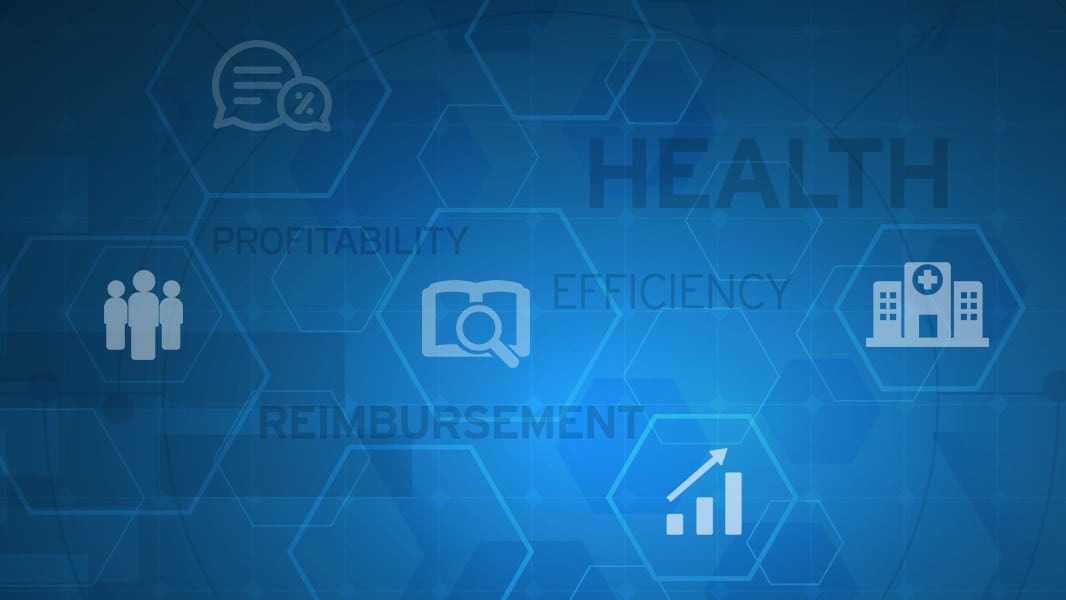Hand Hygiene Compliance During the Pandemic
How Ecolab's Hand Hygiene Compliance Monitoring System Prepared this Hospital to Meet Emerging COVID-19 Needs

The Centers for Disease Control and Prevention and the World Health Organization have stated that “hand hygiene is the simplest, most effective measure for preventing healthcare-associated infections”1 (HAIs) and “the most important measure to avoid infections and spread of antimicrobial resistance.”2 Yet, studies show that healthcare workers in the United States are compliant with hand hygiene only 40% of the time.1
With the emergence of drug-resistant organisms and, more recently, the COVID-19 pandemic, now, more than ever, hand hygiene is critical to prevent the transmission of pathogens. However, as Linda Homan, Sr. Manager Clinical Affairs Ecolab Healthcare explains, “SARS-CoV-2 is taxing the traditional infection control infrastructure.”
This means hospitals need to explore new solutions in order to maintain their HAI prevention efforts during the pandemic, and beyond. A recent study recommends that health systems continue to invest in infection prevention programs during the pandemic, including IT solutions with “process measure data collection” for hand hygiene compliance.3
A 353-bed hospital and Level 1 trauma center in Robbinsdale, Minnesota has done just that, and as a result has been able to sustain their high compliance throughout the pandemic.
As Molly Reagan, interim vice president/chief nursing officer at North Memorial Health explains, they had the hand hygiene compliance technology and training in place before the pandemic struck that helped them maintain a streamlined hand hygiene compliance process even under the pandemic's unprecedented circumstances.
“We were reassured we had implemented [Ecolab’s] electronic hand hygiene compliance monitoring system hospital-wide just one year prior to COVID-19’s arrival in the U.S.—in February 2019. As a result of that implementation, we are confident we've achieved and sustained 90% hand hygiene compliance rates on an ongoing basis, and our rate of hospital-acquired infections dropped.”
Another benefit, she adds, is that “having the system in place allowed our infection prevention team to focus on other, emerging needs during COVID-19. It’s not a set it and forget it program, but it replaces a lot of labor time. It’s one less activity we have to directly have our hands on and worry about, which enables us to shift attention to education around masking, personal protective equipment practices and other essential work.”
You can read the entire Fierce Healthcare article here.
References:
1. Centers for Disease Control and Prevention Website 2018. https://www.cdc.gov/handhygiene/index.html
2. World Health Organization. https://www.who.int/activities/preventing-antimicrobial-resistance-through-infection-control
3. Stevens MP, Doll M, Pryor R, et al. Impact of COVID-19 on traditional healthcare-associated infection prevention efforts. Infect Control Hosp Epidemiol. 2020;41:946–947.

The Ecolab Hand Hygiene Compliance Monitoring System
The Ecolab Hand Hygiene Compliance Monitoring System allows hospitals to accurately record hand hygiene events by individual, holding each healthcare worker accountable for their compliance and providing actionable guidance for improvement. This helps you achieve and sustain results, deliver better patient outcomes, provide a safer working environment for staff and protect margins for your hospital.



